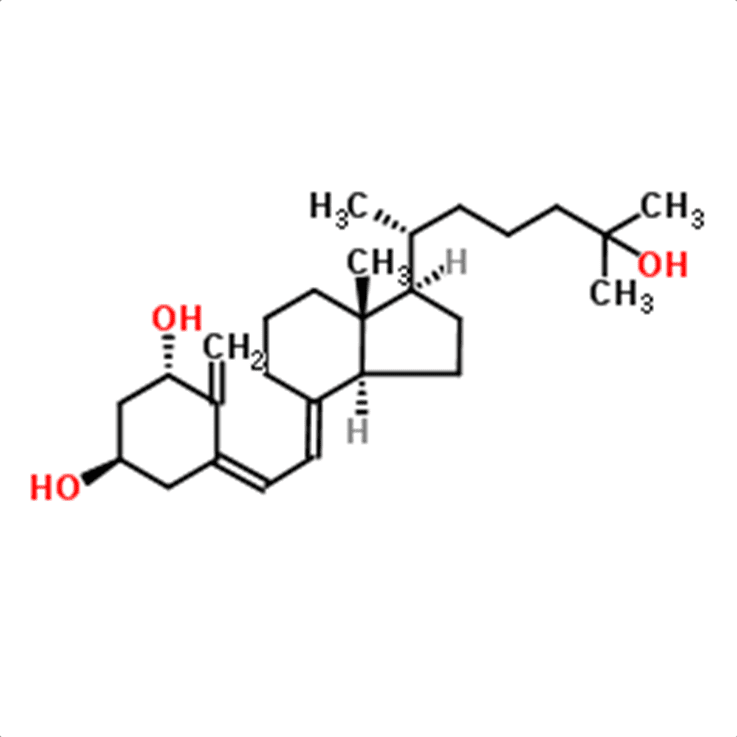Travis
Member
- Joined
- Jul 14, 2016
- Messages
- 3,189
I'll drill a hole in one of the pineapples and fill it with rum...just for those who still enjoy a little "drink"... I'll supply the straws too!
That's is so . . . cool—like in a Jimmy Buffet-sort-of-way, only cooler.
(I made a martini with an icicle once.)

